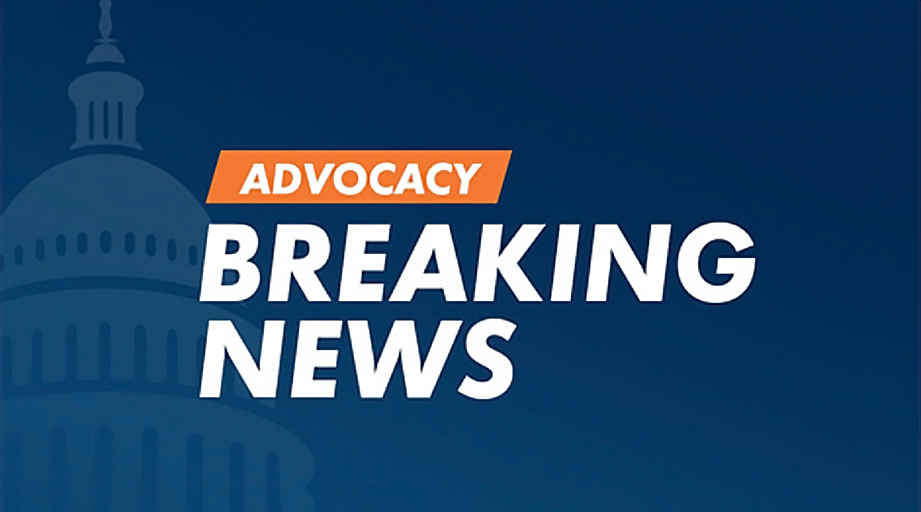
Representatives from clinician groups, supply chain entities, federal agencies, hospitals, academic organizations, and other healthcare stakeholder groups met July 27–31 to address problems affecting the U.S. supply of pharmaceutical products.
The summit on Safe, Effective, and Accessible High-Quality Medicines as a Matter of National Security was convened by ASHP, the American Hospital Association, the American Medical Association, and the United States Pharmacopeia. ASHP President Thomas Johnson moderated the event, which took place virtually in blocks of 1.5–2 hours each day.
“Our goals were to bring together key stakeholders and thought leaders around the U.S. pharmaceutical supply chain and develop specific recommendations that can improve and ensure the safety and security of the U.S. medication supply. I am very confident that we have achieved those goals,” Johnson said.
Johnson added that the event’s virtual platform proved “very successful” for sharing information.”
The event’s panelists and invitees had four main objectives:
- Discuss the resilience of the U.S. pharmaceutical supply chain and the role of domestic and international sources in ensuring a consistently safe, effective, and accessible supply of quality medicines, devices, and related supplies
- Identify opportunities to strengthen the regulatory system at home and abroad to ensure a safe, effective, and accessible supply of quality medicines for the American public
- Craft recommendations for the private and public sectors for a national security and public health strategy that ensures a consistently safe, effective, and uninterrupted supply of quality medicines for the American public
- Develop recommendations that support clinical decision making by healthcare providers and communication with patients and others involved in healthcare delivery
Summit attendees engaged in sessions involving advanced drug manufacturing technologies such as continuous manufacturing and 3-D printing. Panelists explained that new technologies require substantial startup costs but can speed the production of oral and parenteral drugs and allow for the early detection of quality issues.
The Food and Drug Administration has been encouraging pharmaceutical companies to phase out traditional batch manufacturing and adopt continuous manufacturing technology.
Throughout the week, summit participants discussed the need to establish and update a list of essential medicines for U.S. production.
Summit participants also discussed the role of public–private partnerships in developing and disseminating new technologies, diversifying the global supply chain, and establishing data systems to track supply and demand and identify emerging problems. The lack of transparency about product and ingredient sources was cited as a barrier to understanding, investigating, and averting supply chain problems and ensuring product quality.
The COVID-19 pandemic was a recurring theme throughout the week, illustrating an ongoing source of disruption to the global drug supply chain and affecting the composition and management of the nation’s stockpile of emergency medications and supplies.
The summit was originally scheduled for March 16 at ASHP’s Bethesda, Maryland, headquarters but was postponed and reconfigured as a fully virtual event.
The first four days of the summit featured presentations on challenges related to non-U.S. manufacturing; the relationship between product sourcing and national security; production and quality challenges; and international partnerships for regulating, understanding, and managing the supply chain.
On the final day of the summit, participants built on themes that emerged during the week — transparency, quality management, stockpiling, diversification and expansion of manufacturing, and regulatory cooperation. These discussions, along with other pertinent topics, will form the basis of potential recommendations for policymakers and other stakeholders.
[This news story appears in the December 1, 2020, issue of AJHP.]










